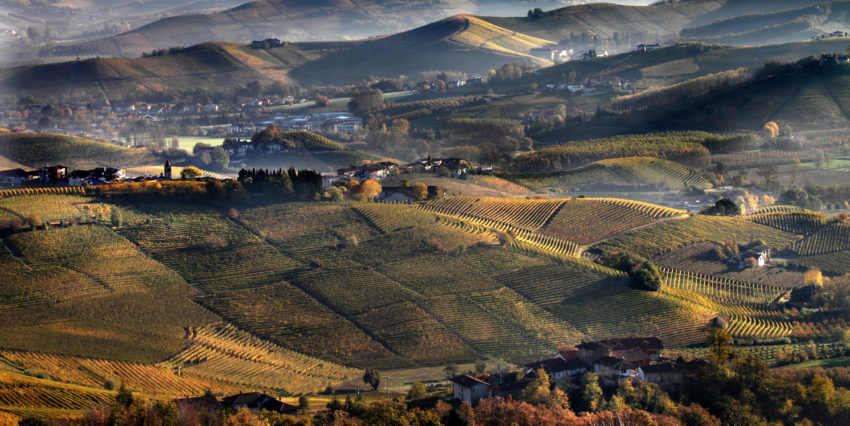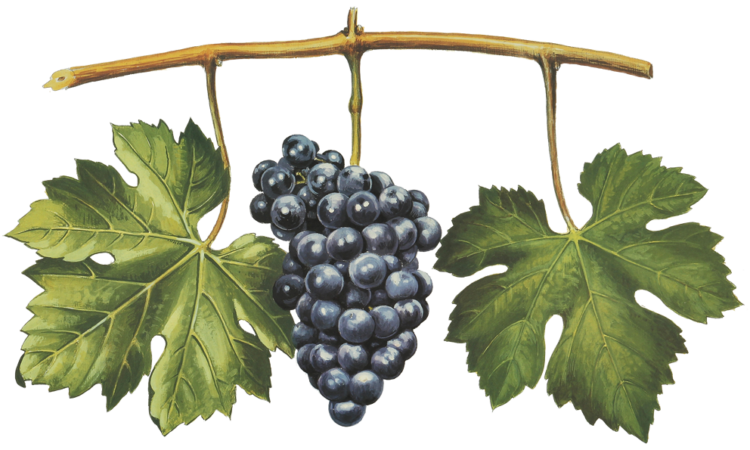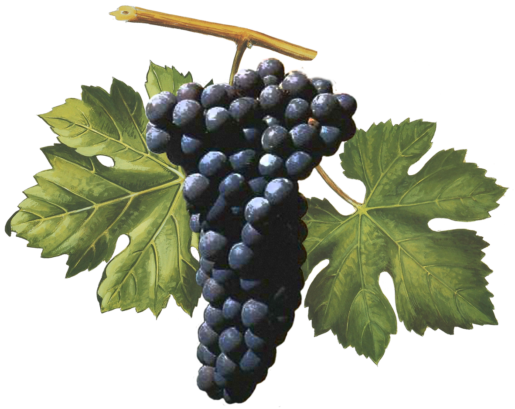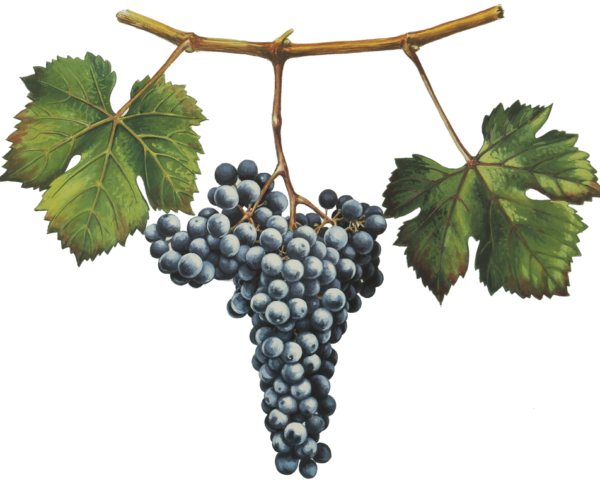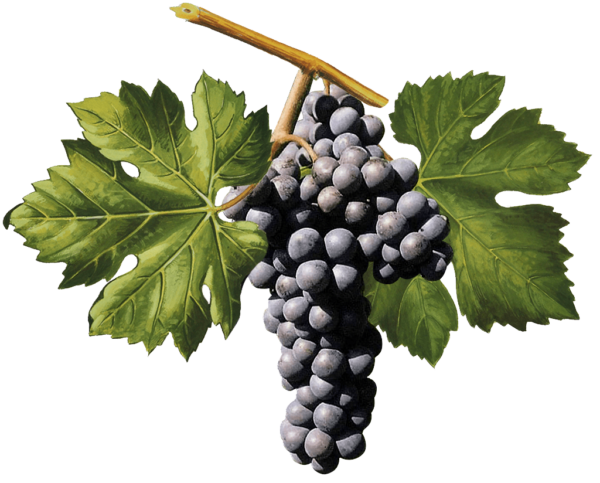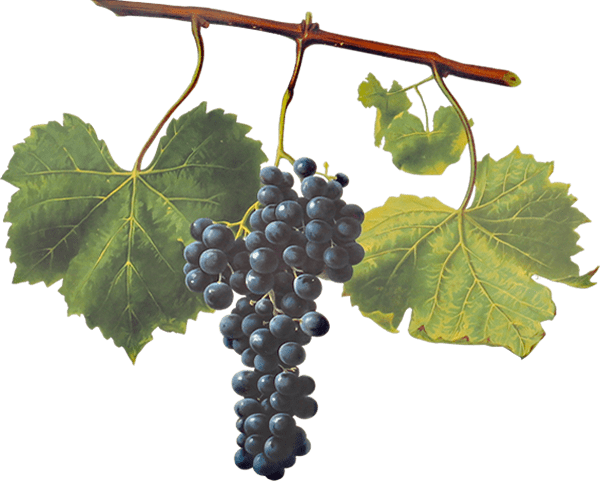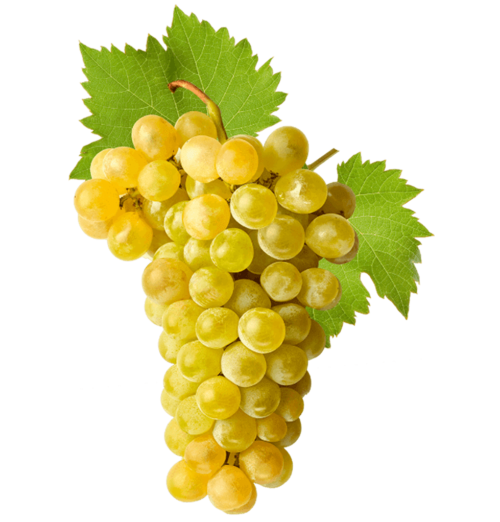The Langhe region (deriving from the Italian ‘lingua’, a reference to the tongue-like shape of the hills) is a little corner of southern Piedmont extending for 40 km/25 miles south of the river Tanaro, and has at its fulcrum the city of Alba.
The landscape is characterised by a succession of ridges and hills, once the seabed of the ancient Padano sea. It’s here that for over two thousand years the local inhabitants have cultivated the vine, identifying the best slopes for their autochthonous grapes, notably for their prized Nebbiolo.
The Barolo zone, lying within the Langhe, is influenced by the proximity of the Alps and of the Mediterranean sea. The Alps mountain range protects the region from the prevailing westerly winds and adverse weather, while the humid Mediterranean air- streams carry warmth from Liguria to the south.
This very particular mesoclimate is ideal for the cultivation of the vine (‘vitis vinifera’): the continental climate brings cold winters and snow, hot summers and long autumns, perfect for nurturing a biodiverse ecosystem.
Nebbiolo, along with other traditional grapes of the Langhe, are regarded as a ‘vector’ of the territory, due to their unique capacity to bring out – through the wines – the rich and diverse expression of terroir.

